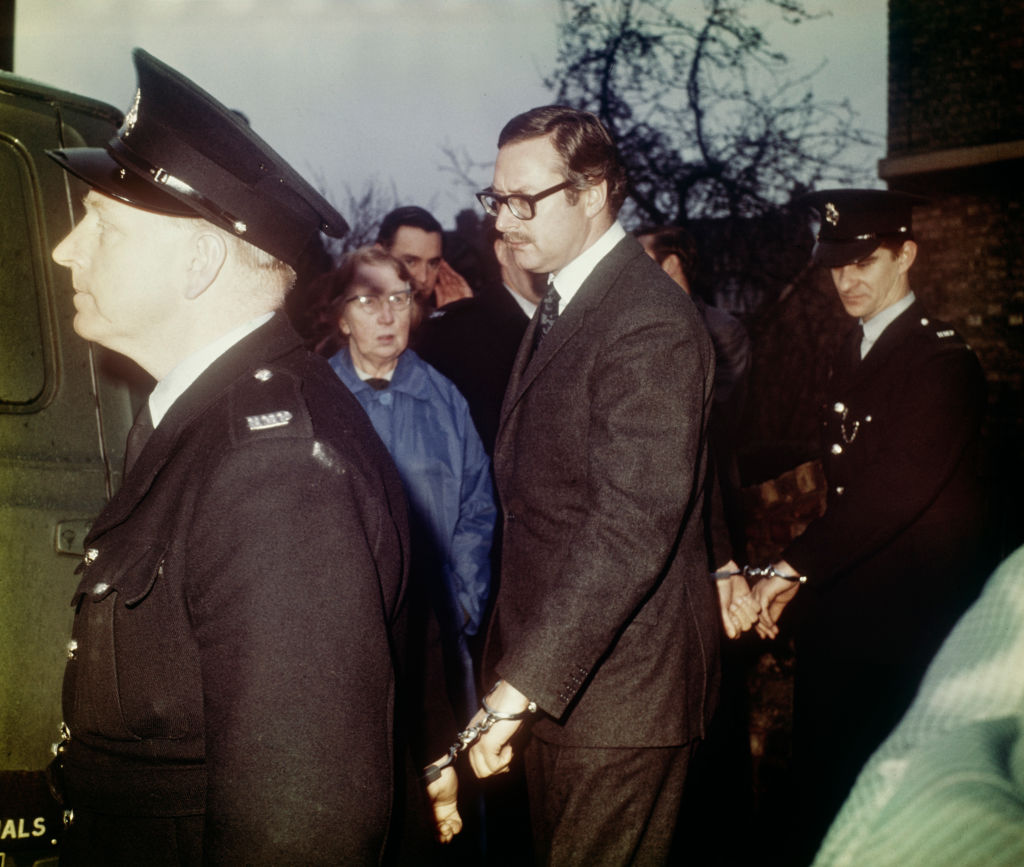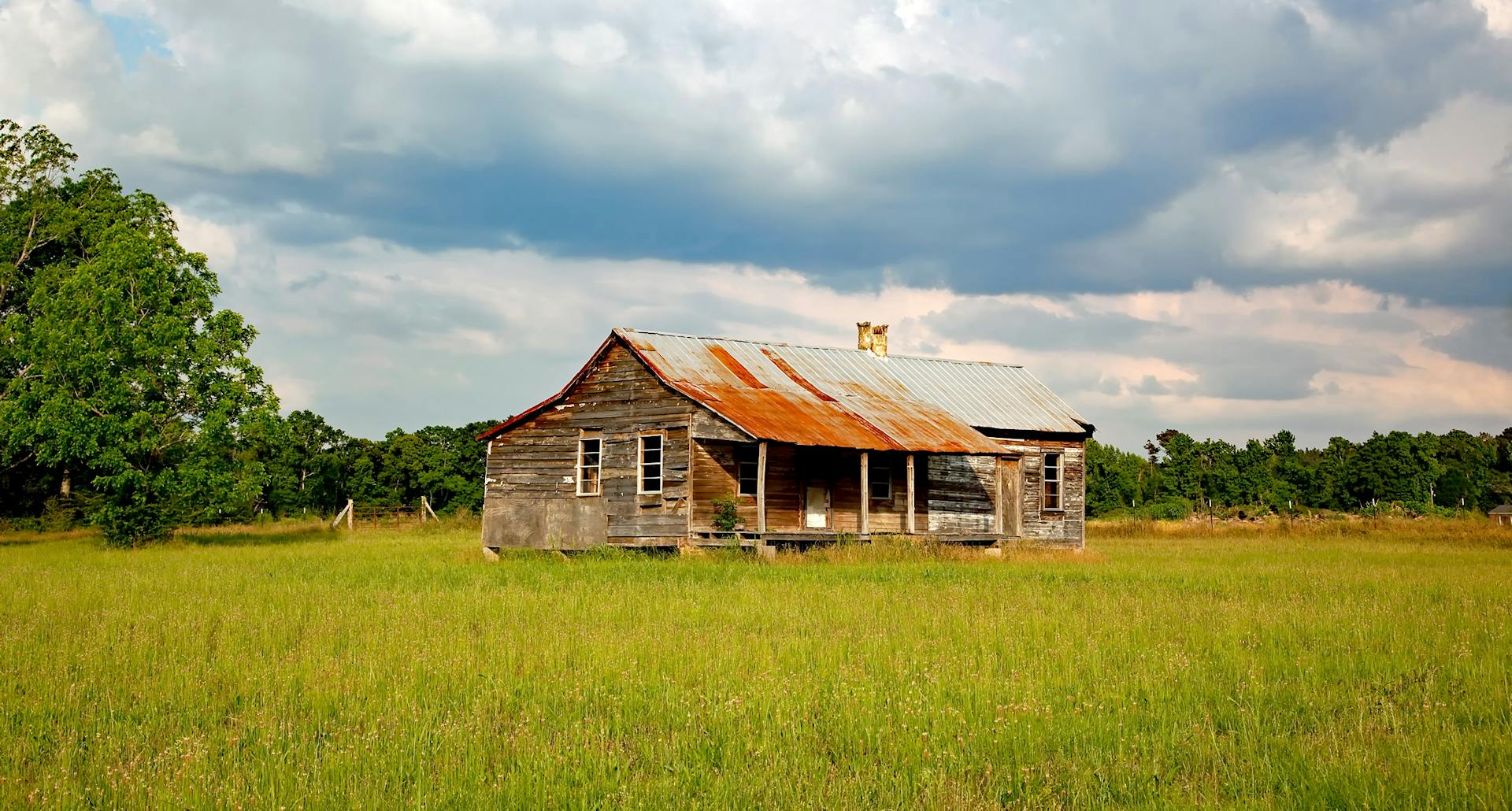The Great Train Robbery of 1963
Back in 1963, a group of 16 people strategically hijacked a Royal Mail train travelling from Glasgow to London, effectively pulling off one of history’s biggest, and most successful train heists in the world.
The crew ended up with over $70 million—and they did it completely unarmed.
Here, we dive into the details of how they did it, how they got away, and how only some of them managed to get caught.

The Idea
The idea was born after an unnamed senior security officer within Royal Mail had detailed knowledge of the amounts of money carried, and decided to mention it to someone else just to see what they thought.
 Karen Hogan, CC BY-SA 4.0, Wikimedia Commons
Karen Hogan, CC BY-SA 4.0, Wikimedia Commons
The First Two Masterminds
Not long later, London’s solicitor’s clerk, Brian Field, introduced the security guard to two of the criminals who would carry out the raid—Gordon Goody and Buster Edwards.
Goody and Edwards then put together a team of professionals who would then spend the next several months carefully planning the heist.
The Original Team
The group’s core team included Goody and Edwards, as well as Bruce Reynolds and Charlie Wilson, with Reynolds then assuming the role of "mastermind".
This group of four were already very successful criminals in the underworld, but they had virtually no experience in stopping and robbing trains, so they enlisted some further help.
 Evening Standard, Getty Images
Evening Standard, Getty Images
The South Coast Raiders
They contacted another London gang called The South Coast Raiders who were already accomplished train robbers. This group consisted of: Tommy Wisbey, Bob Welch, and Jim Hussey, as well as Roger Cordrey—a man who was a specialist in rigging the track-side signals to stop the train.
 Michael Fresco, Getti Images
Michael Fresco, Getti Images
Other Associates
As the operation evolved, other expert associates were added, including Ronnie Biggs, a man Reynolds had previously met while behind bars.
The final number reached 16 group members, all who actively played a part.
 Unknown Artist, Wikimedia Commons
Unknown Artist, Wikimedia Commons
The Royal Mail Train
The targeted train was a “Traveling Post Office (TPO).” These trains were used mainly in Great Britain and Ireland and the mail was sorted while en route.
This particular train was the “UP Special”. It consisted of 12 carriages and carried 72 Post Office staff who sorted mail during the journey.
 Evening Standard, Getty Images
Evening Standard, Getty Images
The Train’s Schedule
At 18:50 on Wednesday, August 7th, 1963 the train departed from Glasgow Central station en route to Euston Station in London. It was scheduled to arrive at Euston at 04:00 the following morning.
The Mail
The mail was loaded onto the train in Glasgow, as well as during additional station stops en route, and from various line-side collection points.
The mail would then be sorted along the way, with one particular carriage designated for high-value packages.
The HVP Coach
The second carriage behind the engine was known as the HVP (high-valued package) coach. This was the winning carriage, as it was where staff put mail with large amounts of money.
But just how much money are we talking?
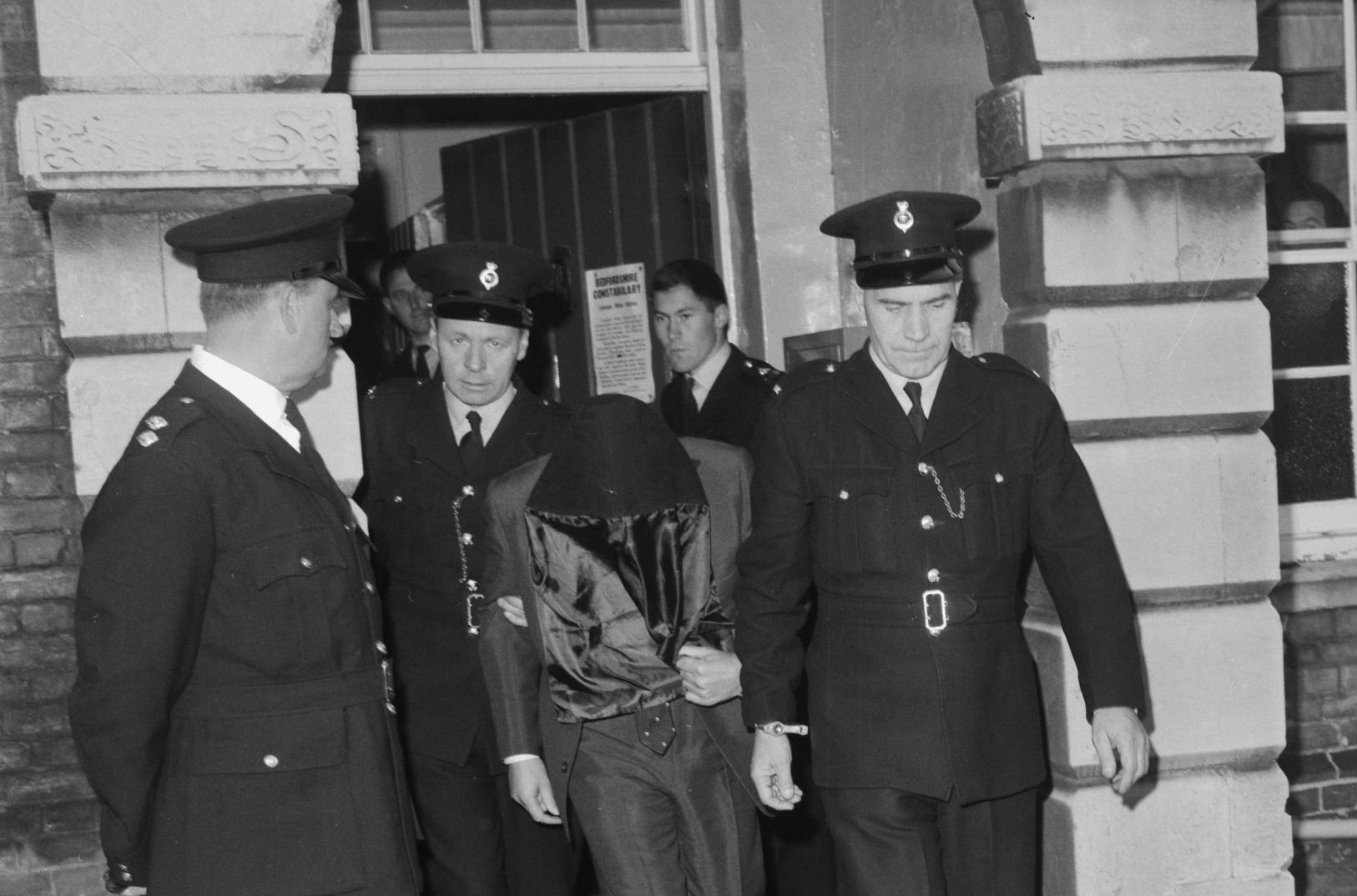 Evening Standard, Getty Images
Evening Standard, Getty Images
The Prize
Usually, the value of the shipment carried about £300,000, but because the previous weekend had been a UK Bank Holiday, the total during this particular run was a whopping £2.5 and £3 million.
This calculates to a present-day value of about £69 million—or US $73.5 million.
So, how were the Post Office officials keeping this cash safe?
 Evelyn Simak, Wikimedia Commons
Evelyn Simak, Wikimedia Commons
Carriage Alarms
Three years prior, in 1960, the Post Office Investigation Branch (IB) recommended the fitting of alarms to all TPOs with HVP carriages. This was eventually done to a few carriages, and any that were not equipped were kept in reserve.
By 1963, three HVP carriages had alarms, bars over the windows, and bolts and latches on the doors.
This would undoubtedly make the heist more difficult.
 Daily Herald Archive, Getty Images
Daily Herald Archive, Getty Images
Insider Intel
As mentioned before, the heist took several months of planning as they needed to time things perfectly in order to pull this whole thing off.
This included various details that required trustworthy insider knowledge—especially the train’s service schedule.
Perfect Timing
At the time of the robbery, the fully equipped HVP carriages were out of service—so, the carriages they used instead were the older, non-secure reserve carriages.
Now that the group had easy access to the cash, they had to work on how they’d get on the train.
Stopping the Train
In order to stop the train, the group carefully tampered with a signal light on the West Coast main Line at Sears Crossing, Ledburn—between Leighton Buzzard and Cheddington.
They used a hand glove to cover the green light, and a battery to power the red light.
The Train Driver
When the train driver, 58-year-old Jack Mills from Crewe, stopped the train at the red light, he was confused as it was not a scheduled stop.
The second crew member, 26-year-old David Whitby, also from Crewe, climbed down from the cab to call the signalman from a line-side telephone.
But when he got to the phone, he discovered something chilling.
Broken Lines
When Whitby got to the telephone, he saw that the cables had been cut. He tried to holler to Mills, but Mills couldn’t hear him, so he cautiously walked back to the train.
Though he was concerned, he had not expected what would happen next.
Initial Contact
As Whitby returned to the train, he was suddenly overpowered by one of the robbers. At the same time, Mills was attacked by another one of the robbers and was struck from behind with some sort of club, leaving him only semi-conscious.
Other gang members entered the engine cabin from both sides, making their unsettling presence known.
Moving the Train
Now that they had subdued the drivers, the gang had to move the train about half a mile further along the tracks to Bridego Bridge, which is where they planned to unload the money.
One of the group members spent months befriending railway staff and familiarizing himself with the layout and operation of trains and carriages—however, a hiccup in the operation caused a sudden change of plans.
 BBC, The Great Train Robbery (2013)
BBC, The Great Train Robbery (2013)
An Experienced Train Driver
The plan was to use an experienced train driver to move the engine carriage and the first two carriages—the ones containing all the money—from the signals to the bridge after uncoupling the other carriages containing the rest of the sorters and the ordinary mail.
But on the night of the heist, the appointed driver had some trouble.
 BBC, The Great Train Robbery (2013)
BBC, The Great Train Robbery (2013)
Not Experienced Enough
The group’s hired driver, who we only know as “Peter” or “Stan Agate,” was an acquaintance of Ronnie Biggs (the criminal they met in lockup). He had apparently driven trains for many years, but by the time he retired he was only experienced on shunting locomotives—which this train was not.
The group suddenly found themselves with no way to move the train.
 BBC, The Great Train Robbery (2013)
BBC, The Great Train Robbery (2013)
Restructuring
Since Biggs’ only task was to supervise Agate in moving the train, and now this was no longer the case, the two of them were sent to the waiting truck to help load mail bags when the rest of them arrived.
However, they were still stuck without a train driver.
 BBC, The Great Train Robbery (2013)
BBC, The Great Train Robbery (2013)
Hostile Takeover
It’s important to note that the group members were unarmed. They did not have any sort of weapons, so they had to use aggression to remain assertive.
Without a group member able to drive the train, they somehow got Mills (the original train driver) to unwillingly assist them in driving the train to their planned stop.
 BBC, Great Train Robbery (2013)
BBC, Great Train Robbery (2013)
The Stopping Point
The group had prepared the stopping point with a white sheet stretched between two poles on the track, so they would know exactly where to stop the train.
As soon as the train was stopped, the crew made their next big move.
 BBC, The Great Train Robbery (2013)
BBC, The Great Train Robbery (2013)
Entering the HVP Carriage
The group immediately followed with their next steps and, using “assault force,” attacked the carriages carrying the cash.
Two staff members attempted to prevent the robbers from storming the carriage, but were hit over the head as a result.
 BBC, The Great Train Robbery (2013)
BBC, The Great Train Robbery (2013)
Subduing the Staff
Once the group forced their way into the carriage, they overpowered the staff, and there was nothing the captives could do to resist.
The staff were made to lie face down on the floor in a corner of the carriage. Mills and Whitby were then brought into the same carriage, handcuffed together, and put down beside the rest of the staff.
Then the robbers got to work.
 BBC, The Great Train Robbery (2013)
BBC, The Great Train Robbery (2013)
Removing the Money
Once the group organized the sacks of mail, they quickly got into formation, creating a human chain from the train to their waiting truck on the other side of the tracks.
It took them about 15-20 minutes to effectively pass along all but eight of the 128 sacks from the HVP carriage to the truck.
 BBC, The Great Train Robbery (2013)
BBC, The Great Train Robbery (2013)
Leaving the Scene
The group piled the sacks into their Austin Loadstar truck, and then split themselves up between two other Land Rover vehicles— both of which had the same registration plate numbers in an effort to mislead any potential witnesses.
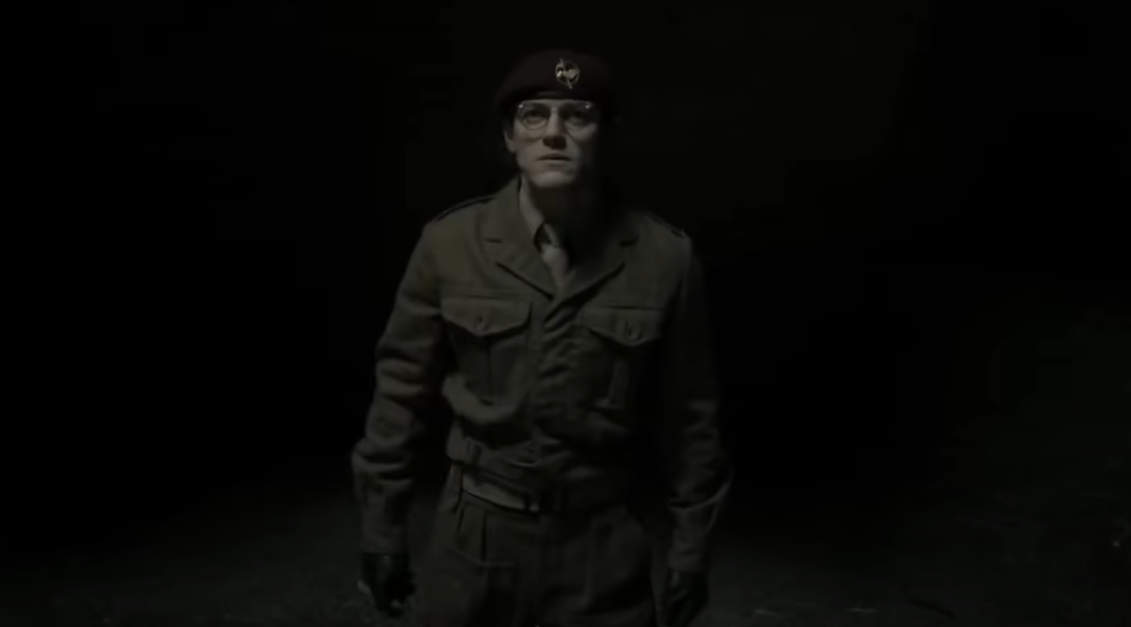 BBC, The Great Train Robbery (2013)
BBC, The Great Train Robbery (2013)
Quick and Effective
All of this was done in about 30 minutes—from the start of the robbery to the getaway, including the unexpected change in driver.
Their plan was well executed…so far.
 BBC, The Great Train Robbery (2013)
BBC, The Great Train Robbery (2013)
Raising the Alarm
Back at the scene, the robbers had cut all the telephone lines in the area, but one of the rail-men left on the train caught a passing goods train to Cheddington, the next town over. There, at 04:20, he raised the alarm.
By this time, the group was well on their way to their next destination.
 BBC, The Great Train Robbery (2013)
BBC, The Great Train Robbery (2013)
The Farm
The group took back roads through less-populated areas to get to Leatherslade Farm, a run-down farm located about 27 miles (43 km) from the crime scene, between Oakley and Brill.
The group had purchased this land two months prior to the heist specifically to use as their hideout.
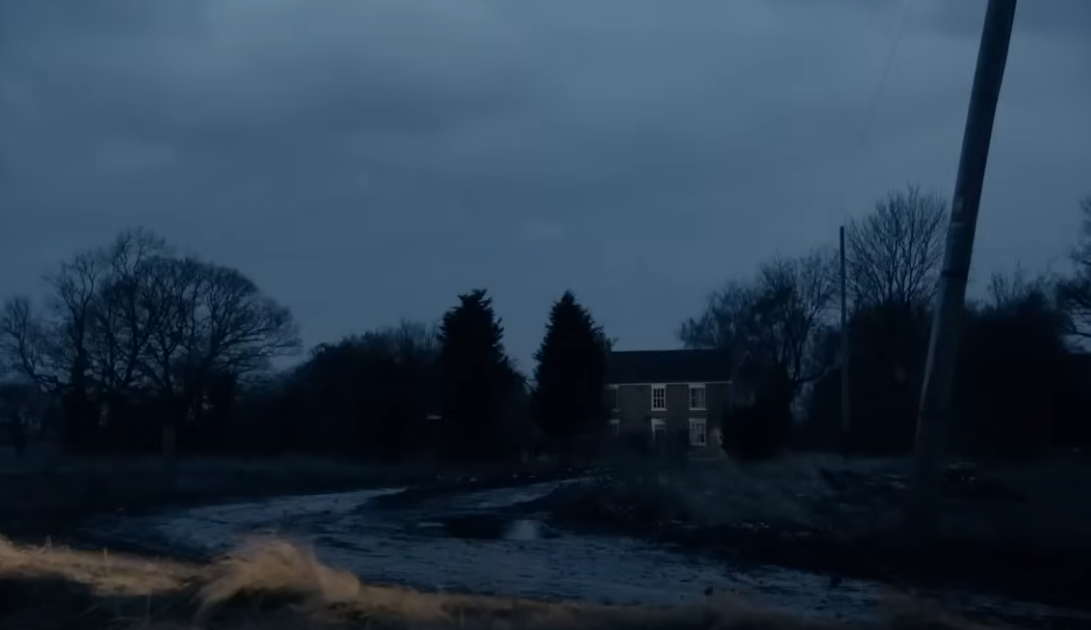 BBC, The Great Train Robbery (2013)
BBC, The Great Train Robbery (2013)
The Getaway
During the hour-long journey, the group used a high-frequency scanner to listen for police reports.
At around 04:30, just as they were getting close to the farm, they heard the first report of the crime—and it was legendary.
 BBC, The Great Train Robbery (2013)
BBC, The Great Train Robbery (2013)
An Extraordinary Situation
While train robbery was not exactly unheard of, it was not often that they targeted high-valuable locomotives. Most train robberies targeted freight trains carrying commercial cargo, or passenger trains.
So, this particular heist was virtually unprecedented, making it that much more shocking. Even the broadcaster stumbled on their words.
The Broadcast
The first reports of the robbery were broadcast on the VHF police radio within a few minutes, and the iconic line was heard: "A robbery has been committed and you'll never believe it–they've stolen the train!"
With pure shock in his voice, the broadcaster was in absolute disbelief—and this is the moment that The Great Train Robbery became one of the crimes of the century.
The Timeline
The group was just as shocked to hear the broadcast. Even though they were waiting to hear that very news, it was not the right time—not according to their plan. They didn’t expect the authorities to get notified so quickly.
The men took one look at each other and put the pedal to the floor.
 Karen Hogan, CC BY-SA 4.0, Wikimedia Commons
Karen Hogan, CC BY-SA 4.0, Wikimedia Commons
Counting the Cash
Once at the farm, they quickly counted the cash and divided it into 16 full shares and several “drinks”, which were smaller sums of money they set aside for “associates” of the group.
 BBC, The Great Train Robbery (2013)
BBC, The Great Train Robbery (2013)
The Haul
The exact shares differ by source, but it is believed that each full share came to about £150,000 each. (In 2024, that would equal just under $2 million USD.) Other money was set aside to cover expenses.
And then of course, they celebrated.
The Celebration
The group knew the authorities were aware of the crime, but at that time they hadn’t heard any further details. So, after dividing up the cash they poured some drinks and played an exciting game of Monopoly—using the money they had just stolen.
Suddenly, their celebration was cut short when they heard something concerning on the scanner.
 BBC, The Great Train Robbery (2013)
BBC, The Great Train Robbery (2013)
Eye-Witness Accounts
Apparently, the authorities were under the assumption that the group had remained within a 30-mile (50km) radius of the crime scene.
They came to this conclusion when a witness had reported being told “not to move for half an hour.” The press believed this meant the group went no further than a half-hour drive in a fast car.
And, well, they weren’t wrong.
 BBC, The Great Train Robbery (2013)
BBC, The Great Train Robbery (2013)
Dragnet Tactic
The group quickly realized that the authorities were using a “dragnet tactic,” meaning they were using a large number of people to sweep the area within that 30-mile radius.
With the help of the public, it was very likely that the authorities would discover the farm much sooner than the group anticipated.
Still not out of the woods, they had to adjust their plan once again.
 Alex Robert, CC0, Wikimedia Commons
Alex Robert, CC0, Wikimedia Commons
Changing The Plan
The robbery took place on a Thursday. The original plan was to leave the farm on Sunday, but now they were worried about being caught so they decided to pack up and head out the very next day, on Friday.
However, this wasn’t the only problem.
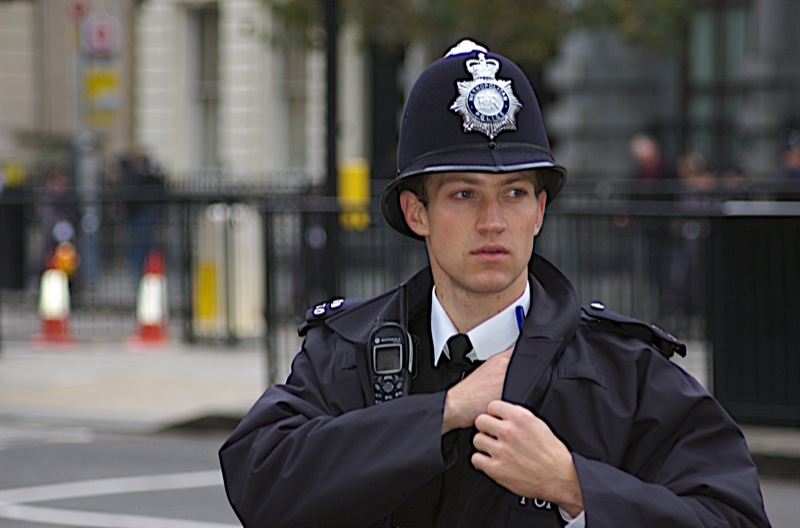 Southbanksteve, CC BY 2.0, Wikimedia Commons
Southbanksteve, CC BY 2.0, Wikimedia Commons
The Vehicles
According to information they heard over the scanner, the vehicles they had driven to the farm had been seen by the train staff and could no longer be used.
So instead, Brian Field (London’s solicitor clerk, the man who had introduced the original security guard to the criminals) came to the farm to pick up his share of the loot and take Roy James to London to find an extra vehicle.
Reynolds, Daly, White, Biggs, and the replacement train driver found other cars in the area.
 Charles01, CC BY-SA 3.0, Wikimedia Commons
Charles01, CC BY-SA 3.0, Wikimedia Commons
Another Hideout
Field, his wife Karin, and his associate Mark brought a few vans to the farm and drove the rest of the group to Field’s home to recover—and celebrate again.
At their house, the group was joined by wives and girlfriends for a “big party” to celebrate the crime.
While they had lots to celebrate, they also had lots left to do.
 BBC, The Great Train Robbery (2013)
BBC, The Great Train Robbery (2013)
The Clean Up
Field told Mark to do a full clean-up of everything they used, wipe fingerprints, and to set fire to the farm after everyone had left.
But once again, things didn’t quite go as planned.

The Associate
Mark was given £10,000 in ten-shilling notes as payment for his role in the clean-up, which Field had “nicked” from the group’s cash without telling anyone else.
But, on Monday, when Charlie Wilson called Field to confirm that the farm had been cleaned, he got the sense that Field was not being truthful.
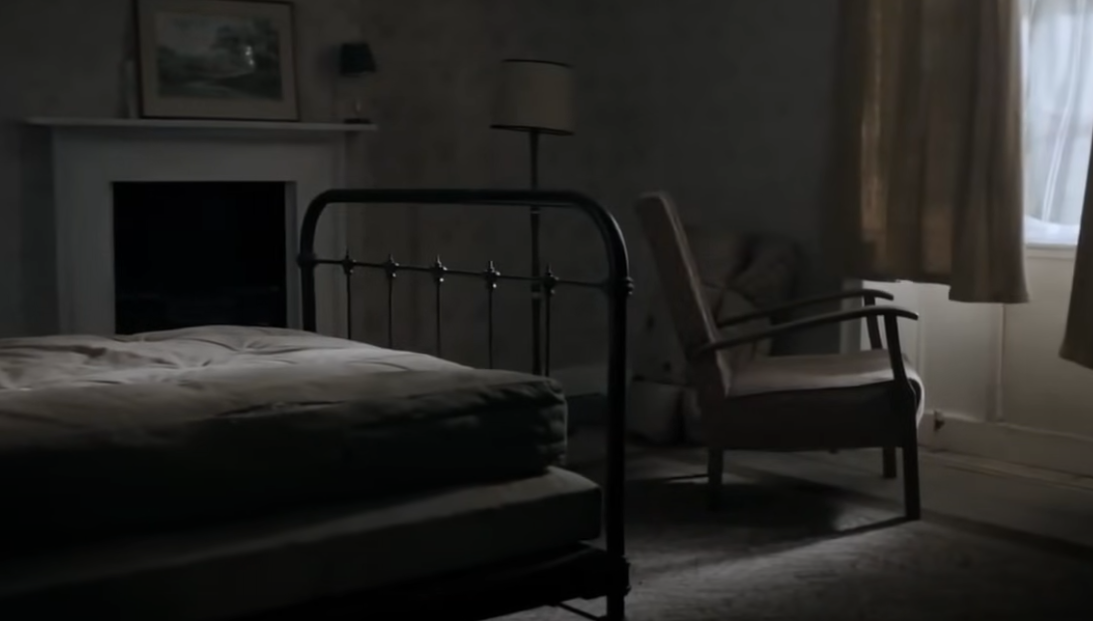 BBC, The Great Train Robbery (2013)
BBC, The Great Train Robbery (2013)
The Runner
The next day, a few other members of the group decided to call a meeting to confirm that loose ends had been tied.
When they confronted Field, he was forced to admit that he had failed to torch the farm. The associate he paid to burn it down took the cash and ran.
But that’s not even the worst part.
 BBC, The Great Train Robbery (2013)
BBC, The Great Train Robbery (2013)
The Authorities
By the time the group was ready to head back to the farm to complete the job themselves, they learned that the authorities had found their hideout.
While the group was deciding what to do next, the authorities were putting together an intensive investigation.
Discovery of the Farm
Detectives received a tip from a herdsman who used the field beside Leatherslade Farm, who claimed there was unusual activity and various vehicles he had not seen before.
The farm was deserted by the time they got there, but they did find the truck the robbers used—which was hastily painted yellow—as well as the Land Rovers.
And that’s not all they found.
Fingerprints
The detectives gathered evidence from the farm, which included fingerprints off a ketchup bottle and fingerprints from the Monopoly game they mistakenly left behind.
After doing a full scale search of the entire property, authorities were able to fill evidence bags by the dozen.
Collecting Evidence
Along with vehicles, they also found a large quantity of food, bedding, sleeping bags, post-office sacks, registered mail packages, banknote wrappers and the infamous Monopoly game—all of which provided them with fingerprints and DNA.
But even with all this evidence, detectives hit a road block in their investigation.
The Train Robbery Squad
Despite the big breakthrough of the discovery of Leatherslade Farm, the investigation was not going well.
As a result, Detective Chief Superintendent Tommy Butler—who was often called “One-day Tommy” for how fast he caught criminals—quickly formed a six-man Train Robbery Squad.

A Challenging Investigation
Even with the evidence they had, Butler was unable to piece together who these men were, or where they had gone after the farm.
Statements from witnesses on the train described 15 hooded men dressed in blue boiler suits, but no forensic evidence could be found at the scene. This frustrated him to no end.
Then, just as he was feeling ready to quit, new information surfaced that changed everything.
 David Hawgood, Wikimedia Commons
David Hawgood, Wikimedia Commons
The Lawyer
The breakthrough came when Detective Chief Superintendent Millen met a well-known lawyer in a smoking room of an exclusive West End club who told him that someone was willing to inform on the group.
This was exactly what they needed—an informant.
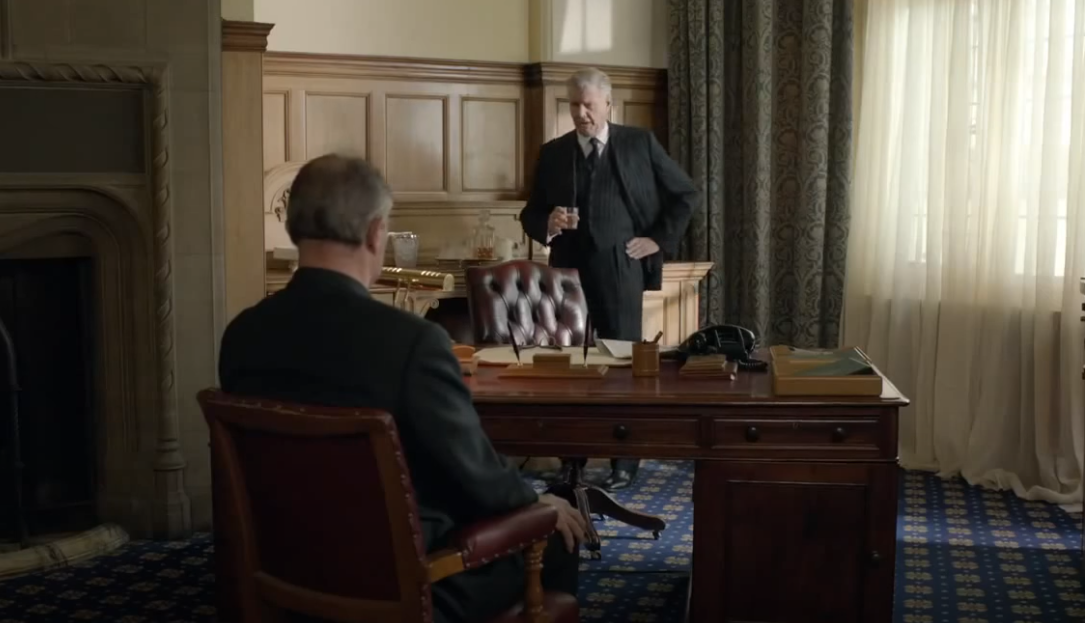 BBC, The Great Train Robbery (2013)
BBC, The Great Train Robbery (2013)
The Informants
The name of the informant was kept under wraps, but we do know that he was behind bars at the time of the robbery and had associations with a few of the men involved.
He didn’t know all the names perfectly, but a second (female) informant was able to fill in the gaps.
The authorities now had 18 names to match to fingerprints.
 BBC, The Great Train Robbery (2013)
BBC, The Great Train Robbery (2013)
The Decision to Go Public
Now that they were able to match names to fingerprints, the authorities were able to get photos of the men they believed were involved.
And despite strong protests from Butler, they decided to publish the photos.
 BBC, The Great Train Robbery (2013)
BBC, The Great Train Robbery (2013)
The Consequences
As soon as their photos appeared in newspapers all over the country, the group went into further hiding—just like Butler knew they would do.
They took their shares and their families and while some remained in the area, others fled to completely other countries.
But it doesn’t end there.
 BBC, The Great Train Robbery (2013)
BBC, The Great Train Robbery (2013)
The First Capture
The first group member to be caught was Roger Cordrey—the one who rigged the track-side signals to stop the train, and the leader of the South Coast Raiders.
He was hiding out with a friend, William Boal, who helped him lie low in return for the payments of old debts.
Roger Cordrey: Caught
They got caught paying for a rental garage in a large sum of ten-shilling notes, and on August 14th, less than a week after the robbery, Cordrey was apprehended.
And then, two days later something significant was found that changed everything once more.
 Universal History Archive, Getty Images
Universal History Archive, Getty Images
Money Hidden in the Woods
On August 16th, two people out for a morning walk came across multiple bags full of cash hidden in the edge of the woods. One of the bags also contained receipts that helped detectives trace them back to Brian and Karin Field.
Connecting the Dots
Once they were able to connect Field to the crime, they were able to identify the connections of the others simply because they were mostly all known criminals who worked with each other before.
Before they knew it, they had linked names to the purchase of the farm, as well as many other aspects of the crime.
Apprehending Field
Several weeks later, officers went to Field’s house—where Field had stayed after the heist—to interview him. He lied about his involvement and implicated Lennie Field (no relation), a work client of his, and his boss John Wheater as the purchasers of the farm.
But Field didn’t realize the officers had something on him.
 BBC, The Great Train Robbery (2013)
BBC, The Great Train Robbery (2013)
Unknowingly Admitting Guilt
Not knowing that the detectives had found receipts in the bags full of cash, the Fields confirmed details of a trip they recently took—which coordinated perfectly with the receipts.
On September 15th, Brian Field was apprehended, and Lennie Field and John Wheater followed shortly after.
 BBC, The Great Train Robbery (2013)
BBC, The Great Train Robbery (2013)
Sentencing: Roger Cordrey and Brian Field
Roger Cordrey was originally sentenced to 20 years but was later acquitted as his fingerprints had not been found at the farm.
Brian Field was originally sentenced to 30 years, but after an appeal he only ended up getting five.
Sentencing: Lennie Field and John Wheater
Lennie Field and John Wheater worked with Brian Field at a law firm, and were the ones who purchased the farm.
Lennie Field was originally sentenced to 25 years but eventually was found not guilty of the crimes he was associated with and his sentence was reduced to five years.
John Wheater was sentenced to three years for aiding and abetting a crime.
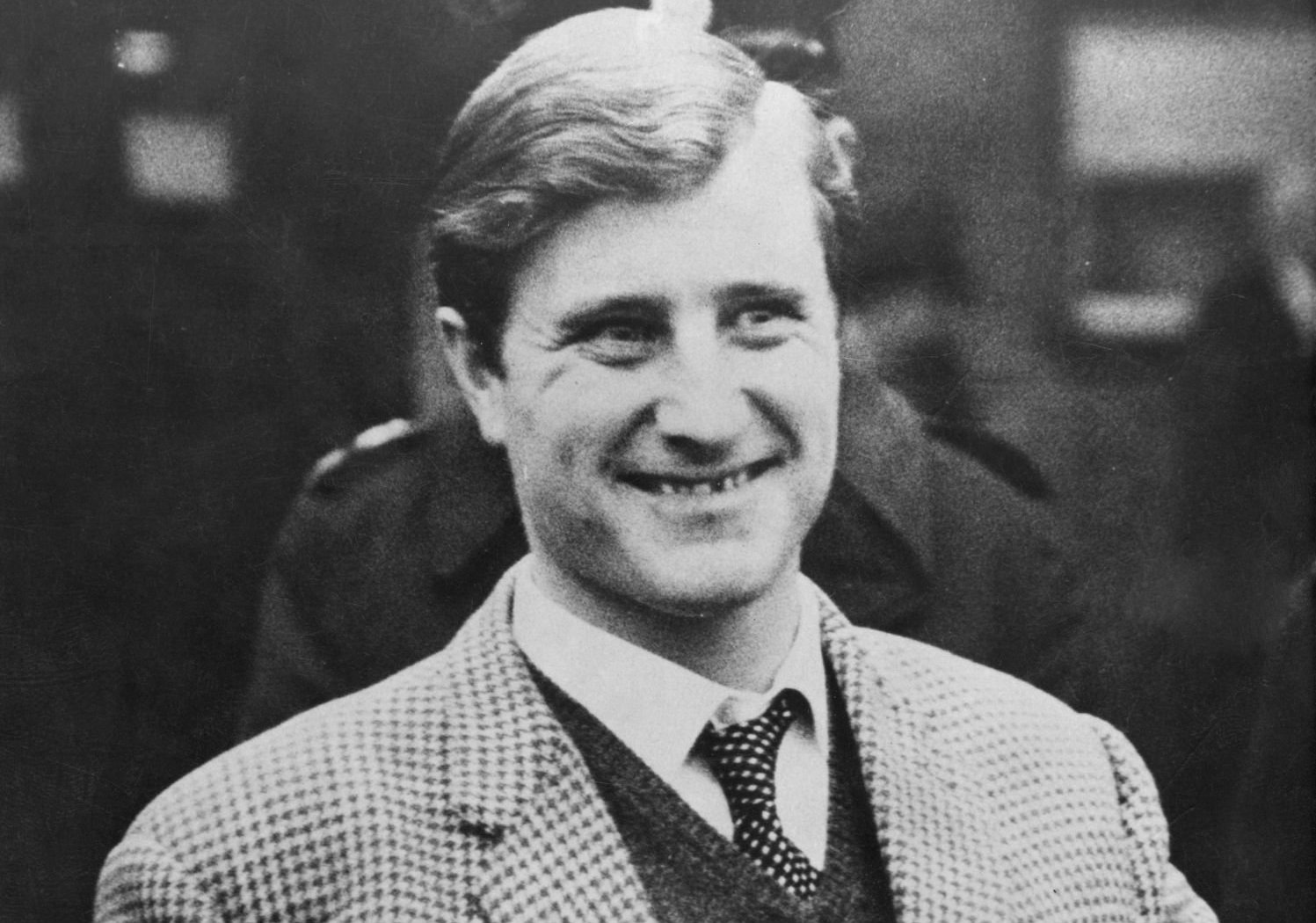 Evening Standard, Getty Images
Evening Standard, Getty Images
The Others
It was easy to connect the others after that, and over the next few months many other members of the group were caught. Most of them were sentenced to 30 years but only served 10-12 years.
However, Bruce Reynolds, Ronald Edwards, and James White were still at large.
Bruce Reynolds
After the train heist, Bruce Reynolds—the leader of the group—escaped to Mexico with his wife, Angela, and young son. They lived lavishly off their share, and when the money ran out, they moved to Canada, and then to France—all under false identities.
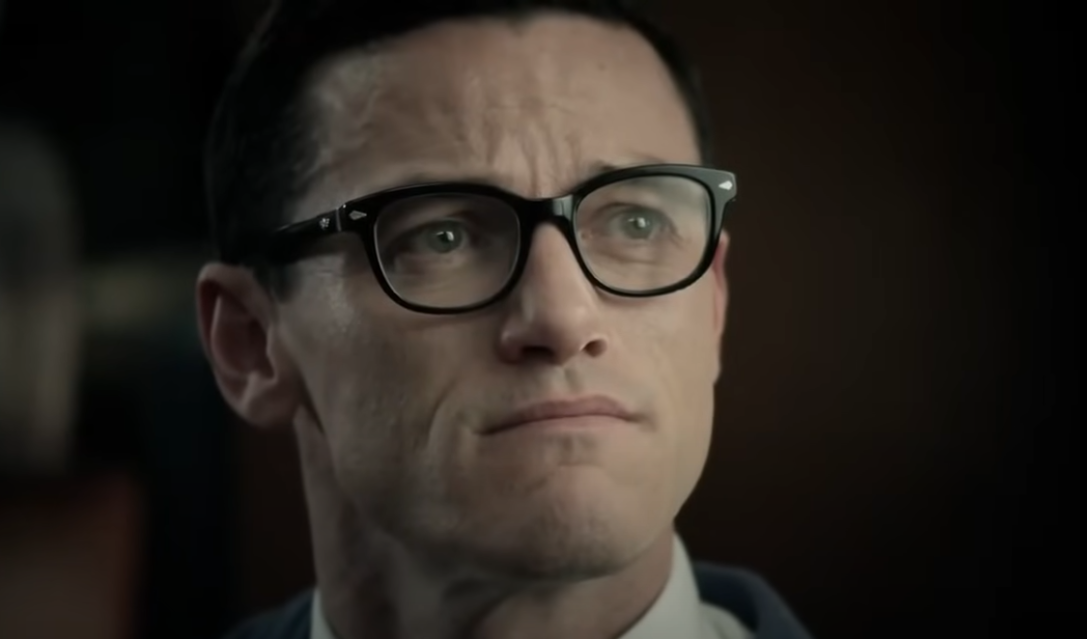 BBC, The Great Train Robbery (2013)
BBC, The Great Train Robbery (2013)
Bruce Reynolds: Capture
When he could no longer find work, Reynolds went back to the UK to work with his old criminal contacts. This ultimately led to his arrest in 1968—five years after the infamous heist.
He was sentenced to 25 years, but was released after only ten.
Ronald “Buster” Edwards
Buster Edwards fled to Mexico with his family to join Reynolds. However, he voluntarily returned to England in 1966 where he was then captured and sentenced to 15 years—but only served nine.
James “Jimmy” White
While the other robbers had mostly fled the country, Jimmy White stayed in the UK. He had already been on the run for the past 10 years, and was known for his “remarkable ability to be invisible.”
He managed to stay hidden for three years with his wife and infant son. Unfortunately, a friend turned on him and he was apprehended in April 1966 and was sentenced to 18 years, but was also released after nine.
 BBC, Great Train Robbery (2013)
BBC, Great Train Robbery (2013)
Charles Wilson: Escaped
Charles Wilson was originally caught in 1963 with the majority of the others. However, he escaped from lock-up a year later.
His infamous escape was considered unprecedented as it was successfully accomplished in under three minutes and included a three-man team to extricate him.
His escape was another dramatic twist in the train robbery saga—but it wasn’t the only one.
 BBC, Great Train Robbery (2013)
BBC, Great Train Robbery (2013)
Ronnie Biggs: Escaped
In 1965, less than a year after Wilson’s escape, Ronnie Biggs also escaped. He was 15 months into his 30-year sentence when he and four other inmates planned their early departure.
 BBC, Great Train Robbery (2013)
BBC, Great Train Robbery (2013)
Ronnie Biggs: On the Run
Biggs altered his face with plastic surgery and avoided capture for an impressive 36 years, until he was apprehended in 2001. He was released in 2009 on compassionate grounds due to deteriorating health.
Although the last few major players were eventually caught, there were still a few who slipped through the cracks.
 Buckingham Constabulary, Wikimedia Commons
Buckingham Constabulary, Wikimedia Commons
The Ones Who Got Away
While the authorities managed to get almost the entire group, there were still four men who were involved who seemed to effectively get away with their crimes.
One of the men, Danny Pembroke, was never caught. However, years later in 2009, his son confirmed his involvement in the crime, saying he wore gloves the entire time and avoided his DNA being found by avoiding using the toilet and not eating at the farm.
Pembroke had already passed when his son made this statement.
 BBC, Great Train Robbery (2013)
BBC, Great Train Robbery (2013)
The Insider
Believe it or not, the original insider who started this whole thing was never found. Not only that, he was never even identified. The group members only knew him as “the Ulsterman,” and never revealed any further information.
What about the money, though?
 BBC, The Great Train Robbery (2013)
BBC, The Great Train Robbery (2013)
Recovering the Money
With a few notable exceptions, the money was quickly laundered or divided by friends, family, and associates of the robbers.
They had escaped with £2.61 million (calculated to present-day value of £69 million or or $73,547,750 US). Of that total, less than £400,000 was recovered.
A Crime of the Century
The Great Train Robbery became a “Crime of the Century” because of the enormous amount of money that was taken and never recovered.
Not only that, the highly organized style of robbery sounded more like a Hollywood script—capturing the imagination of people everywhere.




